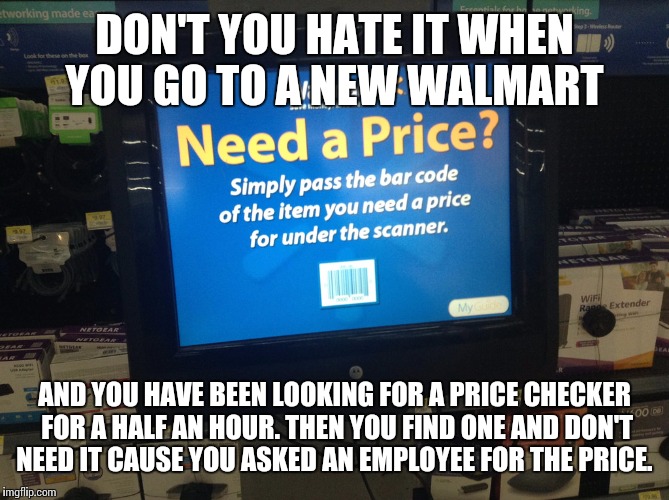


According to Nielsen, online grocery sales accounted for just 5 percent of the total sales ( Nassauer, 2019c). Of this, the “food and consumer products” category is the largest with nearly 1 trillion dollars in sales.
WALMART PRICE TRACKING OFFLINE
In this context, a lot of attention has been focused on the rivalry between Amazon and Walmart – the respective leaders in online and offline retailing – both in general merchandise and, more recently, in grocery.Īccording to the National Retail Federation, retail (at 2.6 trillion dollars in sales) is about one-sixth of the entire GDP of the United States.

Research has shown that this makes shoppers spend more at a retailer and increases customer loyalty ( Neslin et al., 2006). Such omnichannel retailing provides customers a seamless experience across offline and online channels of the same retailer ( Bhatnagar & Ghose, 2004a). On the other hand, online retailers started realizing the importance of physical stores in retailing specific product categories (such as grocery and apparel) and started opening physical stores. To compete, offline retailers started opening online channels too. This resulted in showrooming where customers would use physical stores to inspect the merchandise but then purchase the merchandise through online stores ( Ratchford, 2019). Because online retailers had a lower cost structure, they were able to offer lower prices to customers. Manufacturers started using both kinds of retailers to market their products, which resulted in offline retailers facing cross-channel competition from online retailers. The growth of internet raised a number of challenges for brick-and-mortar retailers (denoted as offline hereon) starting with the advent of digital-first retailers (denoted as online hereon). The Marketing Science Institute (MSI) has recognized omnichannel retailing as one of the five marketing research priorities for 2018–20 ( Marketing Science Institute, 2018). This type of retailing involves employing multiple channels and integrating activities within and across these channels to correspond with how customers shop ( Ailawadi & Farris, 2017). In the past decade, trade press and academic research in marketing has highlighted the rise of omnichannel retailing. Further, we employ cluster analysis to show which demographics are good targets for retailers as they develop omnichannel capabilities, as well as which demographics retailers need to keep loyal to their original channels. We estimate a multivariate probit model using data from a customer survey and find that offline retailers should instead focus on delivering the fundamentals of retailing to their online customers too – larger assortment, competitive prices, and purchase convenience. Looking at the competition between Amazon and Walmart, however, we demonstrate that focusing on quicker delivery is not the best strategy for offline retailers when opening online channels to compete with online retailers. Relatedly, trade press has highlighted how offline retailers have been investing heavily in the use of their existing physical retail network for quicker delivery and pick-up of online orders. A large body of academic research has recently focused on omnichannel retailing especially on brick-and-mortar (offline) retailers adding and integrating online capabilities.


 0 kommentar(er)
0 kommentar(er)
